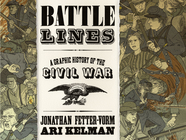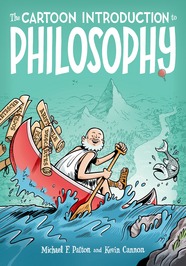The Maker’s Guide to the Zombie Apocalypse is a fun book. It uses a (fictional?) story of preparation for a coming zombie invasion to weave a narrative that presents a use case for an interesting set of electronic projects. The projects are all centered on survival; specifically, the things you are likely to find most useful in a situation where the electrical grid has failed and you find yourself surrounded by hostile forces. The progression of chapter topics is logical and each build upon the previous.
We start with a both fun and well-thought-out description of the problem, an overview of what a zombie apocalypse might look like. Here we learn what we are up against. Starting with chapter two, we work to mitigate against the various problems and threats to enhance our potential for survival.
Included topics include generating and storing electricity, building alarms and surveillance monitors, remote access and open door detection, environmental monitoring, and then wiring it all together into a control center. Additional topics include ways to distract the attention of zombies and different forms of confusion with other survivors.
This alone would make the book enjoyable and useful to anyone interested in these sorts of electronic projects. However, the book does not end here. Included are three useful appendices with information about acquiring and understanding electronic parts and tools, learning basic skills, and a primer on one of the two control modules used in projects in the book, the Arduino. The other, the Raspberry Pi, is less complicated and requires less instruction for the uses in this book.
I thoroughly enjoyed this book and think that anyone with similar interest in electronics would, too.
Disclosure: I was given my copy of this book by the publisher as a review copy. See also: Are All Book Reviews Positive?

